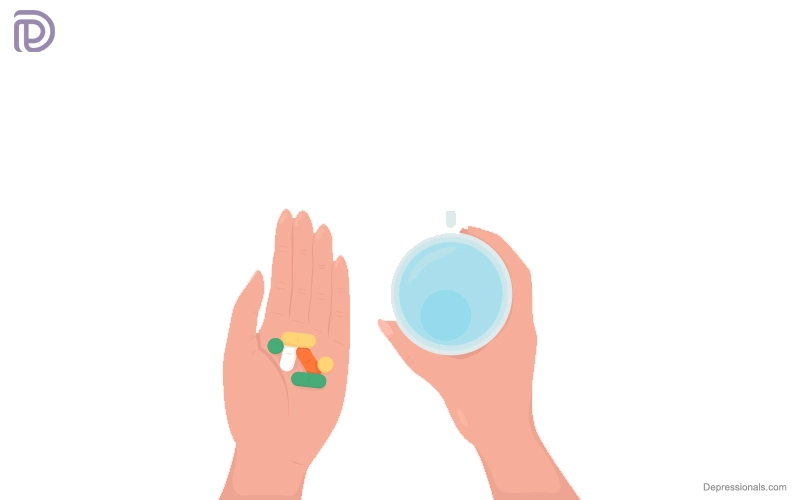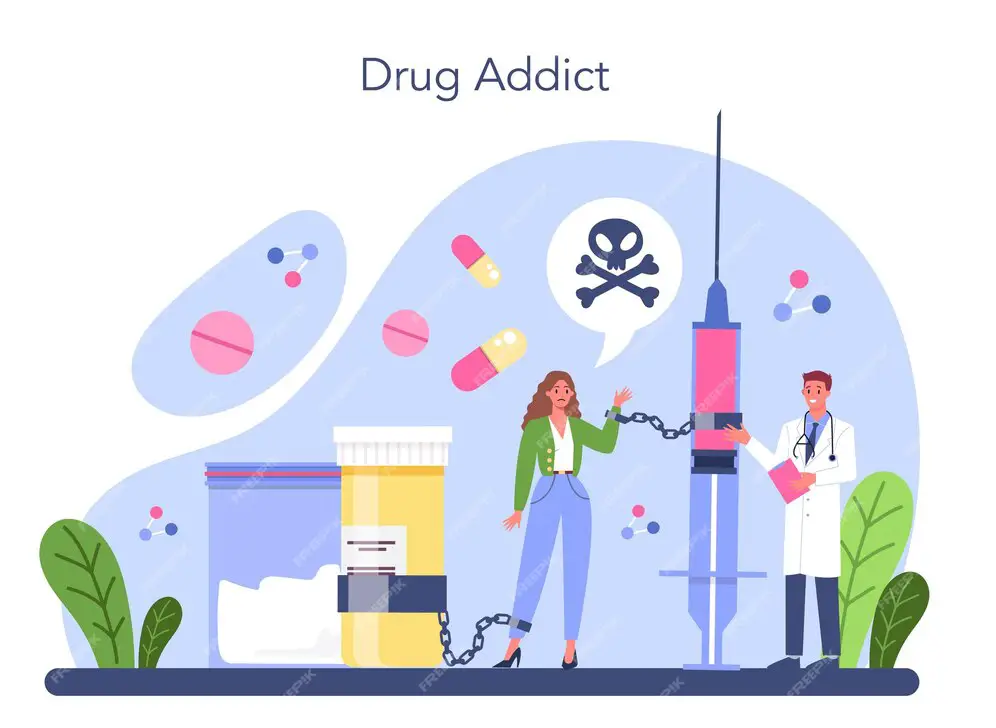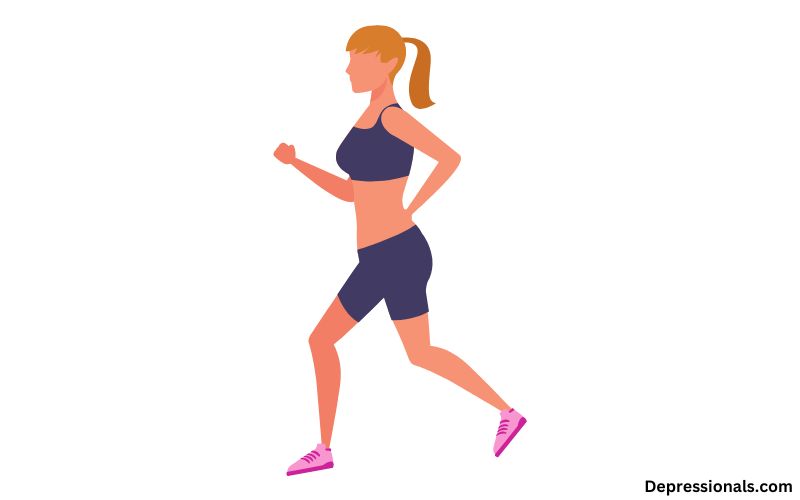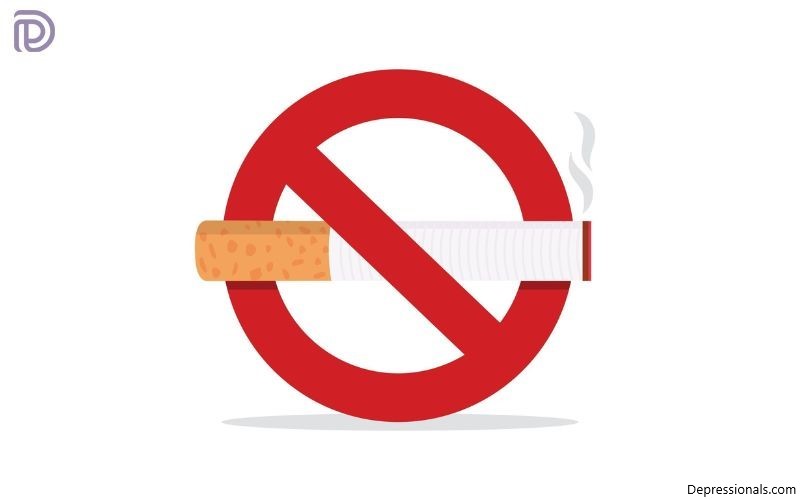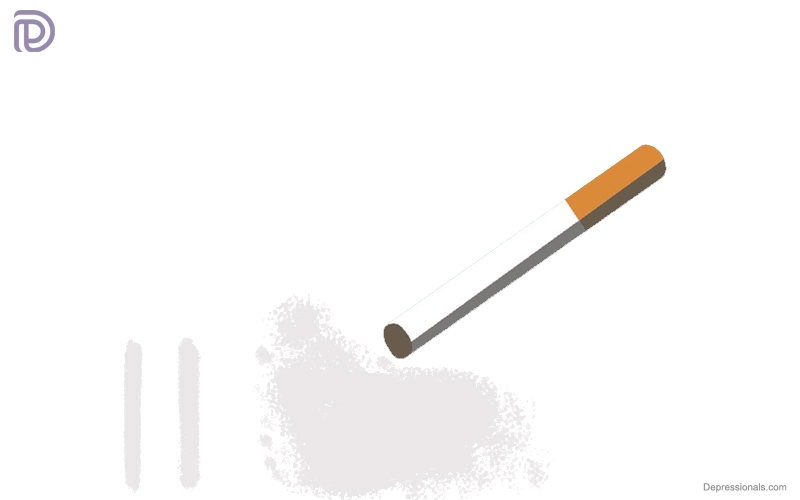Opioid Use Disorder is defined as “a pattern of opioid use that results in clinically significant functional impairment or distress”. Signs and symptoms of opioid dependence include tolerance, withdrawal, repeated attempts to stop taking the drug, impaired performance at school or work, and social difficulties related to opioid dependence.
According to National Institute on Drug Abuse, in 2016, there were an estimated 2.1 million Americans with substance use disorders related to opioids, but only 17.5% of them received specialist treatment.
Read: Cannabis Use Disorder
Opioids
Natural and synthetic opioids are chemicals that interact with opioid receptors in the body and mind to reduce pain sensations. Synthetic opioids are created in laboratories to mimic the properties of natural opioids. These drugs are a group that includes prescription painkillers, synthetic opioids and heroin.
Prescription opioids may be prescribed for the treatment of acute pain (such as post-surgery or post-injury pain), chronic pain, active-phase cancer treatment, palliative care, and the treatment of end-of-life pain. Prescription opioids are used by many people to manage their illnesses under the care of a physician.
Symptoms of opioid use may include drowsiness, confusion, nausea, constipation, and euphoria. They can depress respiratory function at high doses. There are many prescription pain relievers available. Some include oxycodone (OxyContin®), hydrocodone (Vicodin®), codeine and morphine. There are several synthetic opioids, including fentanyl, methadone, pethidine, tramadol and carfentanil.
Heroin is 50 times more potent than fentanyl, while morphine is 100 times stronger. There are estimates that carfentanil is 10,000 times stronger than morphine, an extremely potent analog of fentanyl. It is used for treating severe pain. It is also mixed with heroin and/or cocaine to make counterfeit pills of fentanyl. In the United States, fentanyl poses the greatest threat due to its prevalence and volume. Several recent reports of overdoses have been linked to the use of synthetic marijuana with fentanyl.
Read: Stimulant Use Disorder
Opioid use disorder symptoms
People will likely continue to use opioids despite negative effects if there is a high level of positive reinforcement. An opioid use disorder may cause disability, relapses, and even death if not treated in time. A person with opioid use disorders has at least two of the following symptoms occurring within 12 months, according to the Diagnostic and Statistical Manual of Mental Disorders, 5th Edition:
- Taking drugs in higher amounts or over an extended period.
- Inability to control or reduce opioid usage after trying unsuccessfully for a long period.
- It takes a lot of time to acquire or use the opioid or to recover from its effects.
- Having an intense desire or urge for opioids
- Prevents one from fulfilling social, educational and professional obligations.
- Opioid abuse despite repeating interpersonal or social problems.
- Loss of activities due to opioid abuse.
- Use of opioids under dangerous circumstances.
- Continually using opioids, despite the existence of ongoing physical or psychological problems likely caused or aggravated by opioids.
- Tolerance (requiring increased amounts or decreased effects from using the same amount)
- Suffering from withdrawal symptoms (opioid withdrawal syndrome) or taking opioids (or a substance closely related to an opioid) to prevent or relieve withdrawal symptoms.
Many aspects of opioid use disorder are similar to those of other substance abuse disorders, however, it also has several unique characteristics. It takes only 4-8 weeks for opiates to lead to physical dependence.
Chronic users may suffer severe withdrawal symptoms upon abruptly discontinuing the use of opioid drugs, which include generalized pain, chills, cramps, diarrhea, dilated pupils, restlessness, anxiety, nausea, vomiting, insomnia, and very strong cravings. It creates a very strong motivation to continue taking opioids to avoid withdrawals because these symptoms are so severe.
The risk of opioid addiction is influenced by both genetic factors and environmental factors, including easy access to opioids. An opioid epidemic has been sparked by easy access to prescription opioids and heroin.
Prescription pain medications can lead to addiction in up to 19 percent of people, according to the American Medical Association (AMA). When heroin is more readily available, people who misuse opioids may begin to use it instead of prescription painkillers. The AMA reports that about 45 percent of heroin users began by abusing prescription painkillers.
Among people who misuse opioid medications, more than half report:
- Free or stolen from a close friend or family member
- Additional prescriptions obtained from multiple doctors
- It is possible to fill prescriptions at different pharmacies to avoid being noticed by anyone about the number of pills they receive each month
Read: Gambling Disorder
What can you do if you or someone you love is abusing opioids?
Prescription pain medications and illicit drugs like heroin are both opioids. Doctors may prescribe opioids for pain relief, but their misuse can lead to dependence and addiction (the term “opioid use disorder” in medicine). Opioids should only be taken according to the doctor’s orders, so anyone prescribed them should follow their doctor’s instructions carefully.
It is characterized by difficulties abstaining from using opioids, and behaviors relating to opioid use that interfere with daily activities. People with opioid use disorders may become physically dependent on opioids, which may result in withdrawal symptoms like sweating and cravings.
It is also possible to misuse opioids without becoming physically dependent. A person who has become physically dependent on opioids may find it difficult to stop taking them, and their dependence may interfere with daily routines, such as loved ones or finances.
Doctors can diagnose opioid addiction. The symptoms of opioid use disorder might not be evident right away. However, if left untreated, they may show some signs of dependency.
Read: Inhalant Use Disorder
Opioid use disorder treatment
Treatment for opioid use disorder is available, but only about one out of four patients receive specialized care. Patients with an opioid use disorder benefit from medication-assisted treatment (MAT). Treatment involves counseling and behavioral therapy as well as medication.
Both a person’s mental illness and treatment may be affected by their brain chemistry. Therefore, it is possible that medications may be prescribed in order to help alter a person’s brain chemistry. Additionally, medicines are used for treating cravings, easing withdrawal symptoms, and preventing opioid euphoria.
Psychotherapy usually involves cognitive-behavioral strategies, such as educating clients about treatment and preventing relapses and encouraging motivation. Narcotics Anonymous is an example of a program that often involves self-help. People with opioid use disorders may benefit from MAT because it reduces opioid use, overdoses, and risks associated with opioid abuse.
Addiction to opioids is commonly treated with these three FDA-approved medications:
- Methadone: People addicted to opioids experience fewer withdrawal symptoms and fewer cravings with this medication. Patients who become tolerant to its effects do not feel euphoric when using it. Only certain clinics are allowed to administer it.
- Buprenorphine: Symptoms of withdrawal are reduced or eliminated as well as cravings. A doctor, nurse practitioner, or physician assistant with special training and qualifications can offer buprenorphine treatment (detoxification or maintenance) in an office setting. The Drug Enforcement Administration has granted a waiver to this practice form.
- Naltrexone: This medicine prevents euphoria from other opioids by blocking their effects. You can either take the pills or get an injection from an office-based provider.
These medications do not replace one addiction with another, according to the National Institute on Drug Abuse (NIDA). It is not possible to get high from medication used in treatment-it simply reduces withdrawal symptoms. Medication in the treatment of addiction restores brain function.
It may be necessary for different individuals or for different times to seek different levels of treatment – such as outpatient counseling, intensive outpatient treatment, inpatient treatment, or long-term therapeutic communities. Often, opioid use disorders require continuous care in order to be effective. There are several components of evidence-based opioid use disorder treatment:
- Diagnoses and treatment plans tailored to a specific individual and family
- Managing addiction long-term – a chronic illness with the possibility of relapse as well as recovery. It is important to continue outpatient treatment for a long period of time
- Medication approved by the FDA is essential
- Trained professionals must deliver effective behavioral interventions
- Addiction care must be coordinated
- Peer support specialists, support groups for people with alcohol use disorder and community services are some examples of recovery support services
Read: Tobacco Use Disorder
Counseling for opioid use disorder
There are many aspects of a person’s life that are affected by opioid use disorder. People who are addicted to opioids may benefit from counseling and behavior therapy to address underlying thoughts and behaviors.
There may be a variety of support resources available for continued recovery, including group therapy, relapse prevention training, vocational and educational services, as well as community-based or family-based support.
Is opioid addiction treatment effective?
The answer is yes. Substance use disorder therapy varies according to the severity of the disorder and the patient. Alcoholism or mental illnesses can complicate recovery if they coexist with other problems. Patients who suffer from depression and use substances such as alcohol are more likely to suffer from substance use disorder.
The treatment of substance use disorders and mental health disorders may be required together in some cases. It is also important for someone to have access to supportive friends and family members. The success of some patients may require repeated therapy and relapses multiple times. Patients who relapse repeatedly may need to be treated using different approaches by practitioners.
Preventing overdose
Medications like Narcan (Evzio) can reverse an overdose of opioids quickly. An opioid overdose can be reversed and blocked by this drug, and someone who has stopped breathing can resume normal breathing. There are three forms of this medication: a nasal spray, a prefilled auto-injection device and an injectable.
A public health advisory from US Surgeon General Jerome M. Adams, MD, MPH, calling for more Americans to carry Naloxone was released in April 2018.
How to avoid opioids
A physician can offer you or a family member alternatives that are not opioids if you or a loved one is suffering from acute or chronic pain.
The Centers for Disease Control and Prevention offers information on non-opioid treatments for chronic pain, and the Substance Abuse and Mental Health Services Administration offers a guide for patients who are in recovery from mental illness or substance abuse.
